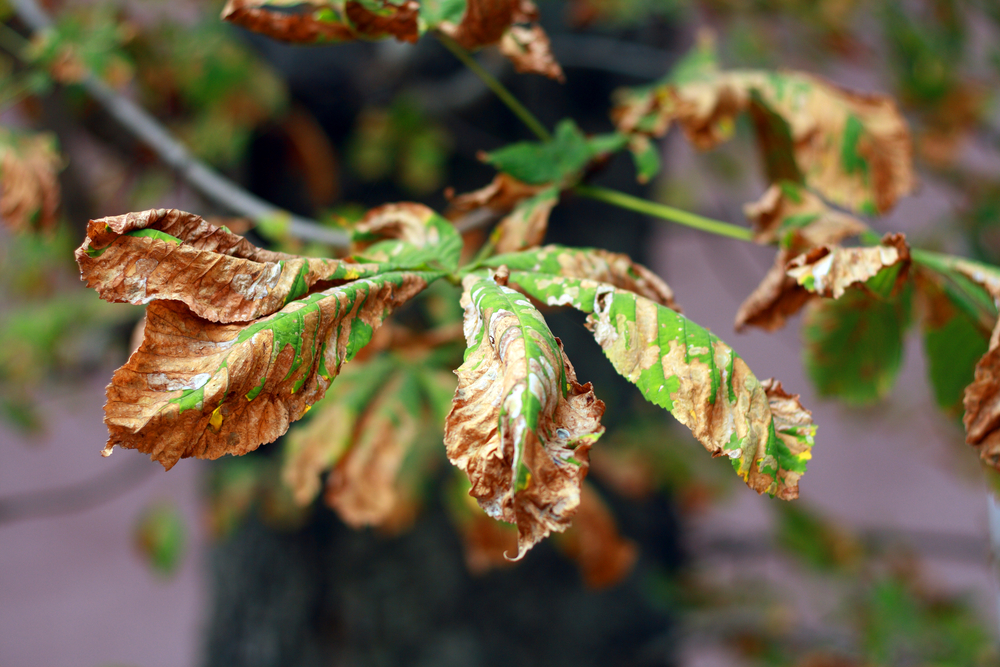Environmental Design Inc. knows when and how a tree should be moved to a better location.
We also know when a tree shouldn’t be moved.
Our constant aim is to transplant trees with the knowledge that they will survive the transplant shock and thrive in their new location. We have diggers, cranes, trucks, and tree lifting machines, including our proprietary ArborLift® system that we have developed for maximum control over the tree-moving process.
And yet, there are times when our arborists and tree experts will advise against moving a tree. With over 40 years of experience in tree-moving across the United States and beyond, we can assess when a tree can withstand the relocation process.
There are many variables involved in tree moving. Weather, climate, the new location, and the tree’s health are among the most common features we appraise.
The Weather Is Too Hot or Too Cold
We usually advise against moving a tree in the midst of summer. The heat is already putting significant pressure on the tree. If we add the transplant shock, the chances of the tree surviving in its new location are reduced. A newly transplanted tree requires water to settle in its new location. When it’s too hot, its water needs increase immensely and the tree simply lacks the root system to get enough water to nourish itself.
Likewise, cold temperatures make moving a tree significantly harder. Not only is it more difficult for our tools to work through the frozen ground, but it’s also dangerous for the tree: the low temperatures will shock it and add stress to its roots.
Our advice would be to move trees from early spring to early summer and from early fall until late fall.
Don’t Move a Deciduous Tree When It’s Blooming
Deciduous trees drop their leaves in winter and start blooming again in spring. When the tree is blooming, it is putting all its efforts into developing buds and flowers. If you move it during this stage, the tree will drop its buds and suffer from the transplant shock.
Choose instead to move a deciduous tree when it’s dormant, in late winter and early spring, before it starts growing.
As for evergreens, the best time to move them is either in early spring or late summer. This gives them time to settle in at their new location before summer’s heat or winter’s cold.
You Shouldn’t Move a Sick Tree
If your tree already displays signs of disease and stress, you should leave it where it is because it is likely that it won’t survive the transplant.
Sick or under-treatment trees are weak. They don’t need any extra challenges because they simply won’t overcome them.
Wait until your tree has been treated and recovered its health before moving it and don’t rush into transplanting it at the first sign of healthy growth. You need to make sure that the tree is strong enough to survive relocation before digging it out and relocating it.
Some Trees Are More Difficult to Transplant
Trees with tap roots such as walnuts, some oaks, and pecans can be more challenging to move than others. Their central root is the one nourishing them and if this gets damaged, the tree’s very survival could be at risk. Tap roots go very deep into the ground and it’s almost impossible to dig them out completely to move a tree. Remember that when we move trees we dig out about 2 to 3 feet of root ball in depth.
We have successfully moved trees with tap roots but their transplant requires careful consideration and planning to ensure their survival and healthy establishment in their new location.
Don’t Move a Tree If It Was Recently Planted or Transplanted
A transplanted tree could need up to 5 years to recover from the transplant shock. You shouldn’t move the tree during this time because the stress could be too much.
Likewise, a newly planted tree is still adjusting to its new location. Moving it to a new place will start the process all over again and could greatly stunt your tree’s growth and even threaten its survival.
Trust Environmental Design Inc. for Your Tree Transplant
We have been moving trees across the United States and abroad for the last 40 years and have offices in Texas, California, and Minnesota. Our arborists and tree specialists know how to assess a tree’s health and whether the time is right for the tree to be moved. Contact us today at (800) 376 – 4260 or visit Environmental Design Inc. online to discuss your tree transplant!




Recent Comments